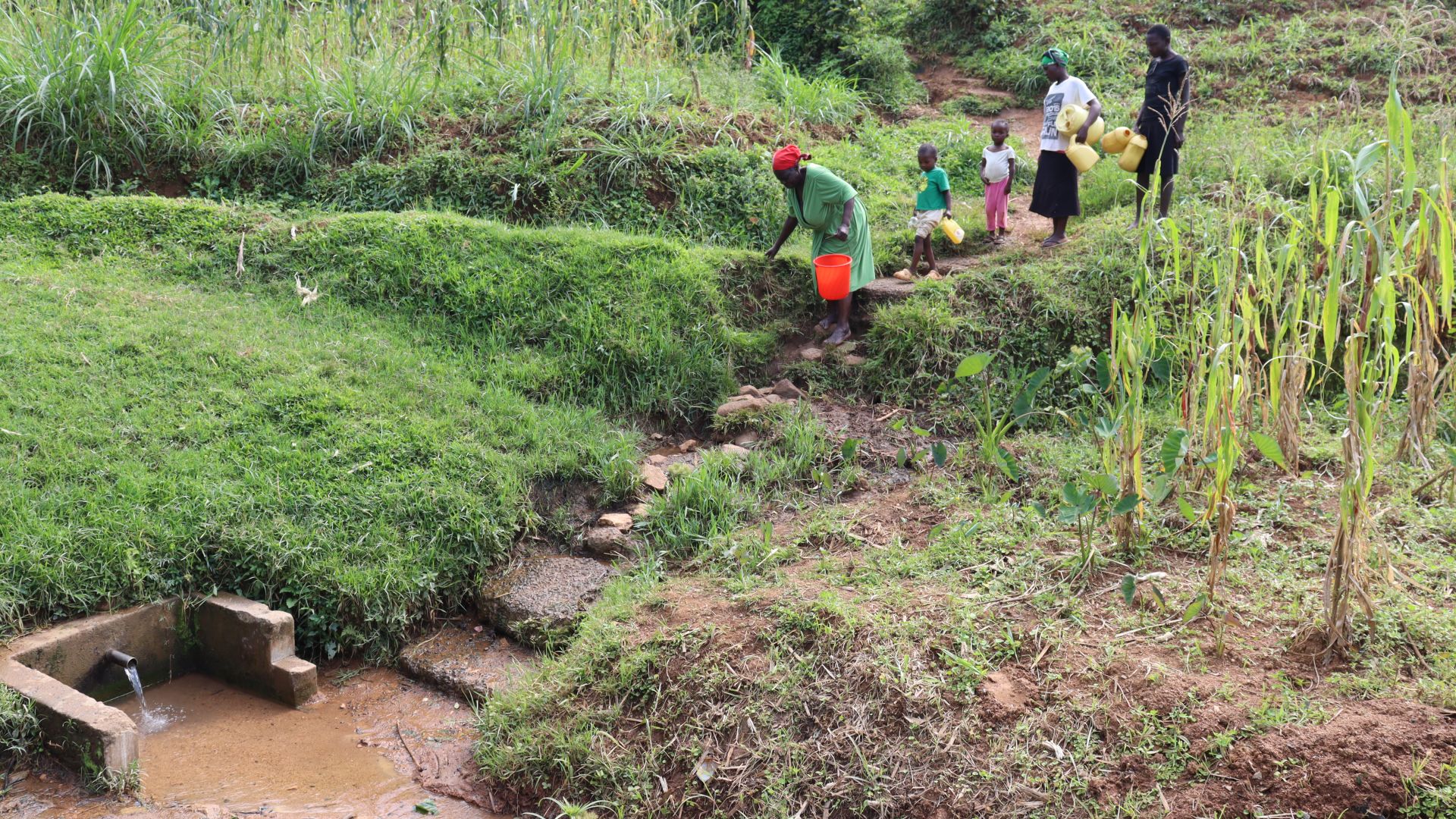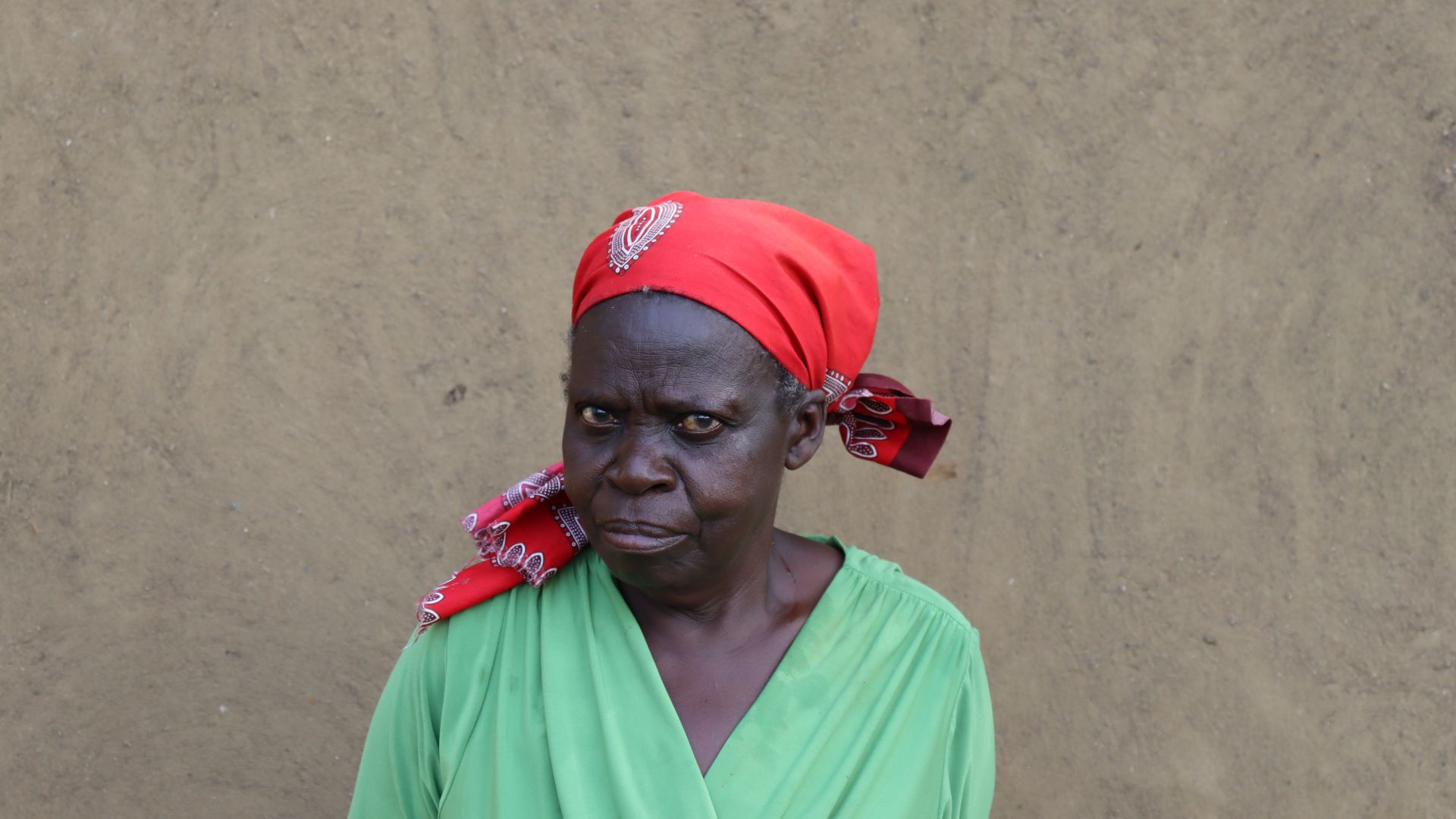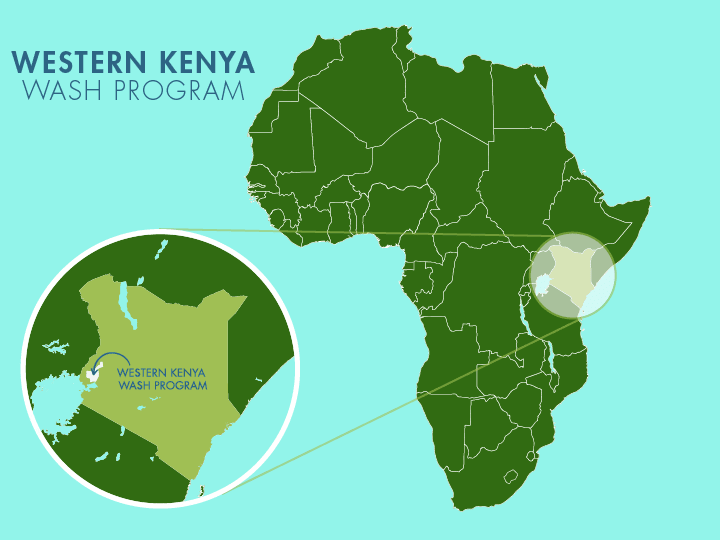For the past five years, the 200 people living in Wakhombe Community have endured life without a safe and reliable water source. Collecting water from their only water source, the
Eshisiru Spring is unprotected, putting everyone at risk. Poor health is limiting everyone's progress, but until they have a safer water source to depend on, they have no choice but to use it.
The water point is difficult to access and is in a state of disrepair. At the discharge pipe, although the water may appear clear, it can be deceiving, as it is contaminated and poses serious health risks.
Open defecation in the community is a serious issue that only complicates the risks. The community has begun addressing the issue and aims to eliminate the practice within the community, which is a crucial component of achieving truly safe hygiene and sanitation practices, in tandem with clean water.
Community members have reported frequent cases of diarrhoeal diseases, especially among children. This has placed a heavy financial burden on families, as medical expenses drain already limited resources.

Beatrice and other community members approach the unprotected spring.
Beatrice Lukoye, a 70-year-old grandmother, is intimately aware of the heartache of watching those she loves suffering from water-related illnesses.

Beatrice.
"One of my beloved grandsons suffered cholera a while ago, like two weeks back, and it wrecked me emotionally. Watching his little body on [the] resuscitation table as they tried [to] find veins made me weep. But I bless the Lord who saw us through, and we got him discharged after some days of medication. [He needed] hospitalization and rehydration, and this, as an elderly citizen, drained all my pension money. But it gives me joy to save a young life in my small way," Beatrice bravely shared.
"Unsafe water means recurrent illness, which ultimately impacts our finances negatively. So, my main concern is about the health of all little children in the community, who still have their lives ahead of them," she continued.

Beatrice collects water.
Like any grandparent, Beatrice is dedicated to doing everything possible to enrich her grandchildren's lives. Still, without a safe water source, her only option is to wait for the next bout of illness to come and hope she will have the necessary resources to help. It is torturous.
A proposed water solution promises to change their story. Safe water is more than just a basic need—it promotes health and dignity, and offers the hope of a brighter future for the entire community.
Steps Toward a Solution
Our technical experts worked with the local community to identify the most effective solution to their water crisis. They decided to safeguard the existing flowing spring.
Spring Protection
Springs are natural water sources that originate from deep underground. As water travels through various layers of the earth, it undergoes a natural filtration process, making it cleaner and safer to drink. To protect these spring sources from contamination, we construct a waterproof cement structure around layers of clay, stone, and soil. This design channels the spring water through a discharge pipe, facilitating easier, faster, and cleaner water collection.
Chlorine Dispenser
As an extra measure towards water quality safety, uniquely engineered chlorine dispensers are installed at all of our spring protection projects so community members can treat their water with pre-measured doses of chlorine. The chlorine treats any possible contamination and stays active for two to three days, ensuring water stays safe to use even when stored at home. Chlorine delivery and maintenance of the dispensers are part of our ongoing community support.
Community Education & Ownership
Hygiene and sanitation training are integral to our water projects. Training is tailored to each community's specific needs and includes key topics such as proper water handling, improved hygiene practices, disease transmission prevention, and care of the new water point. Safe water and improved hygiene habits foster a healthier future for everyone in the community. Encouraged and supported by the guidance of our team, a water user committee representative of the community's diverse members assumes responsibility for maintaining the water point, often gathering fees to ensure its upkeep.

 Protected Spring
Protected Spring
 Rehabilitation Project
Rehabilitation Project
















